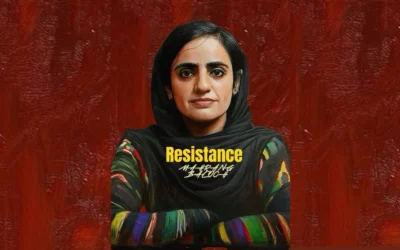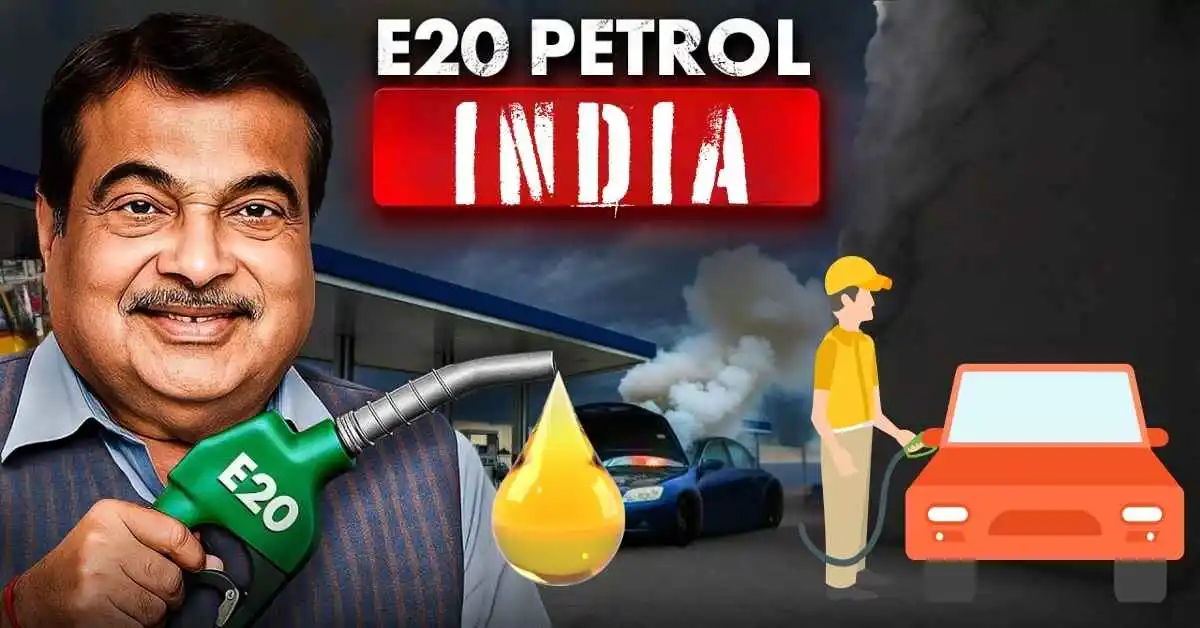The Government of India has recently rolled out E20 petrol across the country. This new fuel contains 80% petrol and 20% ethanol. At first glance, this move seems beneficial for the environment and economy, but the question for vehicle owners is whether E20 petrol is good for their vehicles or will cause trouble. Let us know in detail in this article what the reality of E20 petrol is.
What is E20 Petrol Reality and the Indian Government
Ethanol is a type of alcohol that is made from crops like sugar, sugarcane, maize, and rice. In common language, this is the same substance that is also found in alcohol. When it is mixed with petrol, it acts like a biofuel.
Some of the benefits of ethanol are:
- It burns cleanly compared to petrol.
- Less pollution and greenhouse gases are emitted.
- It can be prepared from crops within the country itself, which reduces dependence on foreign crude oil.
ALSO READ
Reality of the Pahalgam Attack, Why Tourists are Killed in Kashmir on a Religious Basis.
Why is the Government Bringing E20?
India imports crude oil for petrol and diesel in large quantities every year. It costs lakhs of crores of rupees. If ethanol is mixed with petrol, the burden of imports will be reduced, and farmers will also get additional income from their crops. E20 Petrol Reality and the India Government.
According to the government, E20 will have these three major benefits:
- Pollution will be reduced by 30-65% less emissions from petrol.
- Crude oil costs will be reduced – Ethanol will be prepared in the country itself.
- Farmers’ income will increase – They will get additional profit by selling sugarcane and maize.

The Benefits of E20 Are Good on Paper, But What is the Reality?
On paper, E20 is said to be beneficial, but vehicle owners are facing many problems.
1. Decrease in Mileage
The biggest complaint is that the mileage of vehicles has suddenly decreased.
- Vehicles that earlier had a mileage of 15 km/liter have now come down to 10–11 km/liter.
- The reason is that ethanol provides about 30% less energy than petrol.
2. Effect on vehicle parts
Most vehicles in India are still compliant only up to E10. That means they can withstand up to 10% ethanol.
- Putting E20 on the old fuel system can quickly damage rubber pipes, fuel filters, nd injectors.
- If the vehicle is parked for a long time, ethanol absorbs water, which can cause rust in the tank.
3. Increase in maintenance cost
Companies say that by changing some parts, the vehicle can be prepared for E20. But the cost of these parts can range from thousands to 30 to 40 thousand rupees. This expense is not affordable for every commoner.
4. Insurance and warranty confusion
Many companies’ manuals clearly state that the vehicle cannot handle fuel with more ethanol than E10. If any damage occurs, the warranty may be void. Insurance companies are also not giving a clear position on this.
International Experience in Brazil
The government often gives the example of Brazil, where fuel up to E27 is used. But the story there is different.
- Brazil gradually started ethanol blending in 1970.
- The vehicles there have been designed to be ethanol-compliant for years.
- People were given the choice whether to take normal petrol or ethanol-blended petrol.
In India, moving directly from E10 to E20 within just 3 years is creating problems for vehicle owners.
What Benefit is The Public Getting?
This is the biggest question here.
- If the government is saving on crude oil, then why were petrol prices not reduced?
- When Niti Aayog suggested that ethanol-based petrol be sold cheaper, why was it not implemented?
- If people are suffering a 20-30% loss in mileage and the price of petrol is the same, then in reality, the public’s expenses are increasing.
What Could Have Been the Solution?
If the government had made changes gradually, the problems would not have increased so much.
- People should have been given time. The target was set till 2030; if the target had been set, then the companies would have also prepared the vehicles.
- Prices should have been reduced: If ethanol-blended petrol were available cheaper, then people would have chosen it themselves.
- Choice should have been given, like in Brazil, where people can choose which petrol to buy.
Who Benefits The Most?
Another controversy behind E20 is that the family companies of many big leaders in the country are in the ethanol business. Big producers of ethanol made from sugarcane are directly benefiting from this. In such a situation, the general public feels that the business of the leaders is benefiting at their expense.
What should the Common Consumer Do?
- If your vehicle is after 2023, then it may be E20 compliant. Still, check the manual.
- If the vehicle is old, try to ensure that the tank does not remain empty or full for a long time.
- Pay a little more attention to maintenance and keep getting things like the fuel filter checked from time to time.
- If there is a difference in mileage, then calculate how much the expenses are increasing.
The idea of E20 petrol is not bad for the environment and economy. It can benefit the country in the long run. But the reality is that the speed with which it has been implemented has increased the problems of vehicle owners.
My name is Farhad Dawar and I am graduate of the Institute of Media and Communication Studies Bahaddin Zakariya University Multan Pakistan. I’m passionate about journalism and media, and I believe in journalism of courage, uncovering the truth, and shaping the future.


















